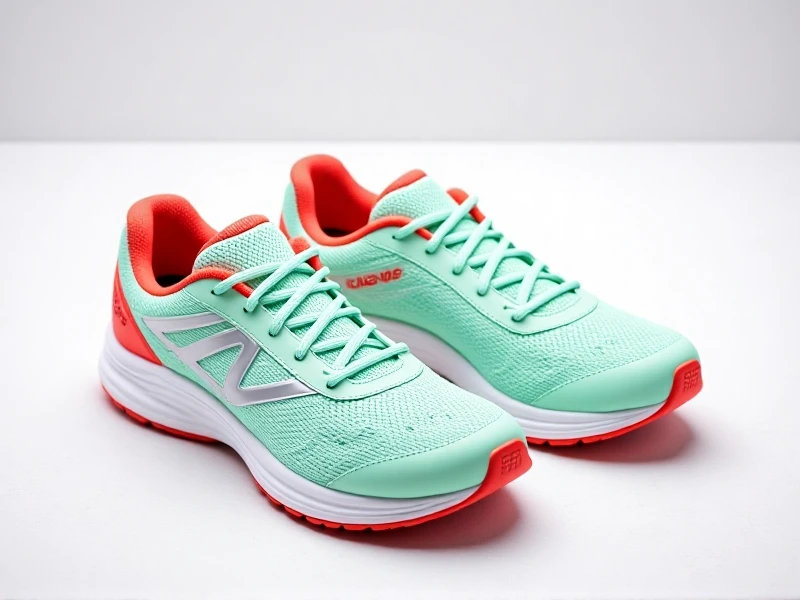
Finding Your Perfect Fit: A Runner's Guide to Choosing the Right Shoes
Running offers incredible health benefits, but your entire experience hinges on one critical factor: running shoes. Choosing the ideal pair isn't just about looks; it's about performance, injury prevention, and enduring comfort mile after mile. With countless options flooding the market, finding the best running shoes for your unique needs can feel overwhelming. Let's break down the essentials.
Why Invest in Proper Running Shoes? Every runner strikes the ground differently. Generic sneakers lack the specialized engineering designed to manage impact, support your foot's structure, and propel you efficiently. The best running shoes provide targeted cushioning that absorbs shock without feeling mushy, offer vital arch support tailored to your gait (like stability features for overpronation), and boast durable outsoles for grip. This translates to reduced fatigue, fewer aches, and a more energized run.
Key Considerations When Shopping:
- Foot Strike & Gait Analysis: Are you a neutral runner, or do you overpronate (foot rolls inward) or underpronate (rolls outward)? Knowing this is fundamental. Many specialty running stores offer gait analysis. This insight determines whether you need neutral shoes, stability running shoes, or motion control options.
- Terrain: Where do you primarily run?
- Road Running Shoes: Focus on lightweight cushioning and responsiveness for paved surfaces.
- Trail Running Shoes: Prioritize aggressive tread for grip, rock plates for protection, and enhanced stability on uneven, muddy, or rocky paths.
- Cross-Trainers: Best for gym workouts or varied activities, not dedicated distance running.
- Cushioning Level: Preferences vary widely. Consider:
- Maximum Cushion: Great for long distances, high mileage, or runners seeking superior impact protection.
- Moderate Cushion: The versatile sweet spot for most daily training runners.
- Minimalist/Zero Drop: Promotes a natural feel, building foot strength; transition cautiously.
- Fit is Non-Negotiable!
- Always Try Before You Buy: Visit a reputable running store later in the day when feet are naturally slightly larger.
- Sizing: Your running shoe likely needs to be a half size (or even full size) larger than your everyday shoes. Ensure ample space (a thumb's width) at the end of your longest toe.
- Width: Never settle for a narrow or pinching fit. Brands offer various widths.
- Heel & Midfoot Security: The heel should lock down snugly without slipping. The midfoot should feel secure, not tight or constricting.
Taking Care of Your Investment Quality running footwear represents an investment in your running journey. Rotate between two pairs to allow the midsoles ample recovery time between runs. Know their lifespan: typically 300-500 miles. Pay attention to worn-out treads and loss of cushioning. Running in dead shoes increases injury risk significantly.
Finding the perfect pair of running shoes might require some research and trial, but it's an essential step. The right footwear transforms running from a chore into a consistently enjoyable and rewarding pursuit. Listen to your body, understand your needs, and give your feet the expert support they deserve.